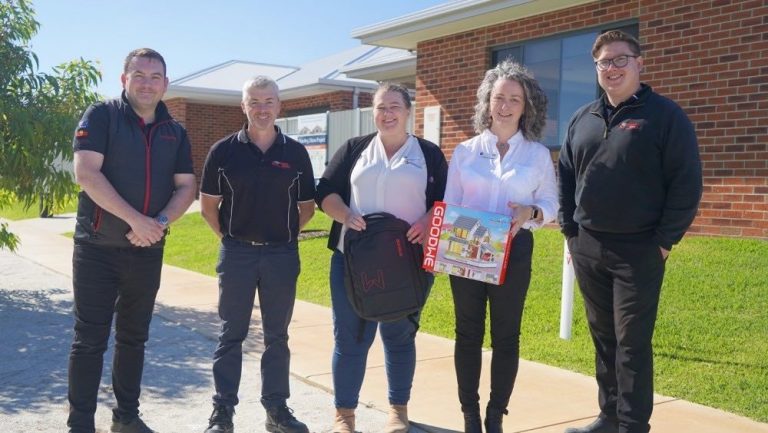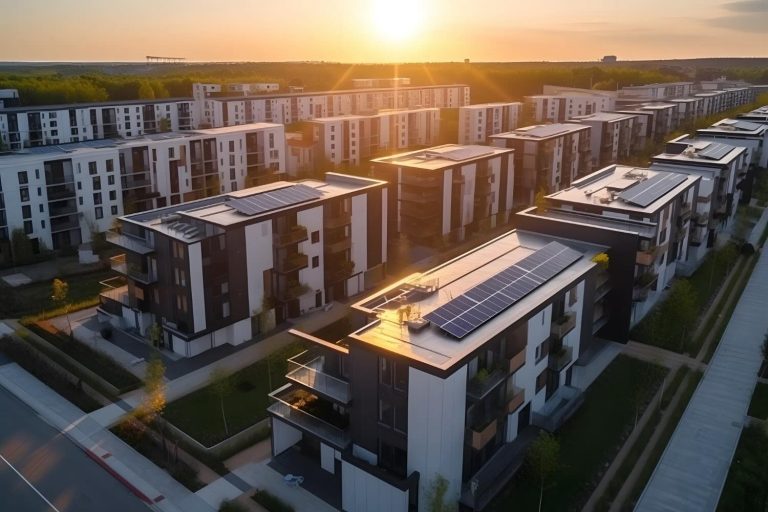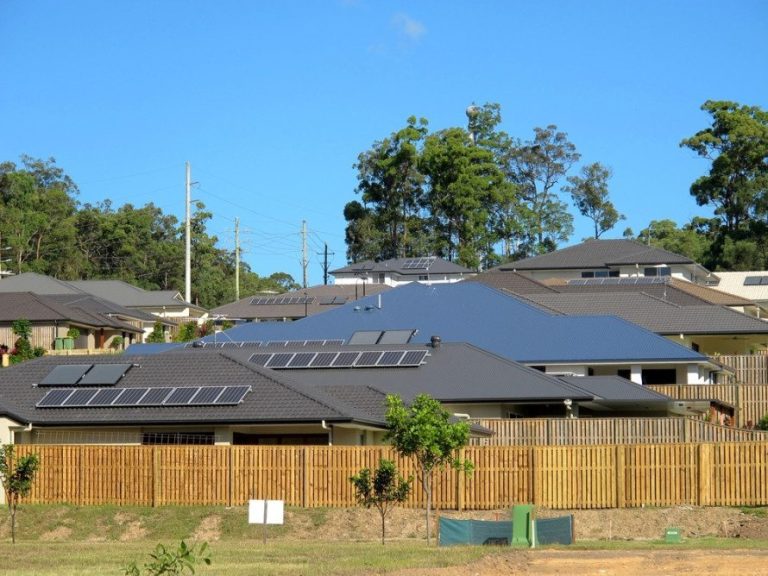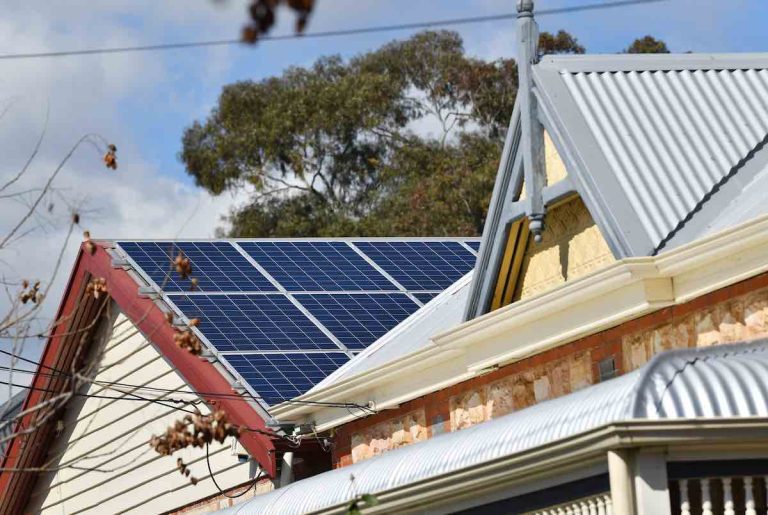“Three rural towns considered for microgrid projects to enhance resilience”
Victoria’s central highlands region is exploring a new approach to regulated network electricity supply by considering the development of stand-alone microgrids supported by large-scale battery storage. These microgrids would “island” the communities of Ballan, Trentham, and Lancefield in the event of a major power outage, according to distribution network company Powercor.
Powercor has identified these three towns as potential locations for community-scale stand-alone power systems as part of its upcoming five-year business plan, which aims to enhance resilience. The plan includes measures such as fire-proofing or replacing wooden poles in high fire danger areas and strengthening connections across the network.
Innovative Approach
An innovative approach being considered involves temporarily taking customers off the grid, either through stand-alone systems or grid-connected, islandable microgrids. These microgrids utilise technologies like solar PV, battery storage, and smart energy management controls to improve energy resilience, particularly in exposed and remote areas of Australia.
Examples from Other States
Similar approaches have been adopted in other states due to the threat of extended power outages from extreme weather events or natural disasters. For instance, Endeavour Energy in New South Wales completed a community microgrid project to power two coastal communities during grid outages by installing solar panels and batteries in around 100 homes.
Following the 2019-2020 Black Summer bushfires, the concept of microgrids gained momentum in Victoria, with the promise of state government funding. Recent severe storms in the state have further highlighted the need for resilient energy solutions, with Powercor engaging with communities to explore various scenarios for the proposed microgrids in Ballan, Trentham, and Lancefield.
Community Engagement
Powercor’s general manager of regulation, Renate Vogt, emphasised the importance of listening to community feedback to address challenges posed by extreme weather events and to make strategic investments in network resilience. The company aims to balance the increasing reliance on electricity with the need to mitigate costs for customers.
Proposed solutions, costs, and benefits will undergo customer testing before the draft plans are finalised in August 2024. The completed plans will then be submitted to the Australian Energy Regulator for approval in January 2025.
For more information or to provide input, visit engage.powercor.com.au.






32-768x432.jpg)